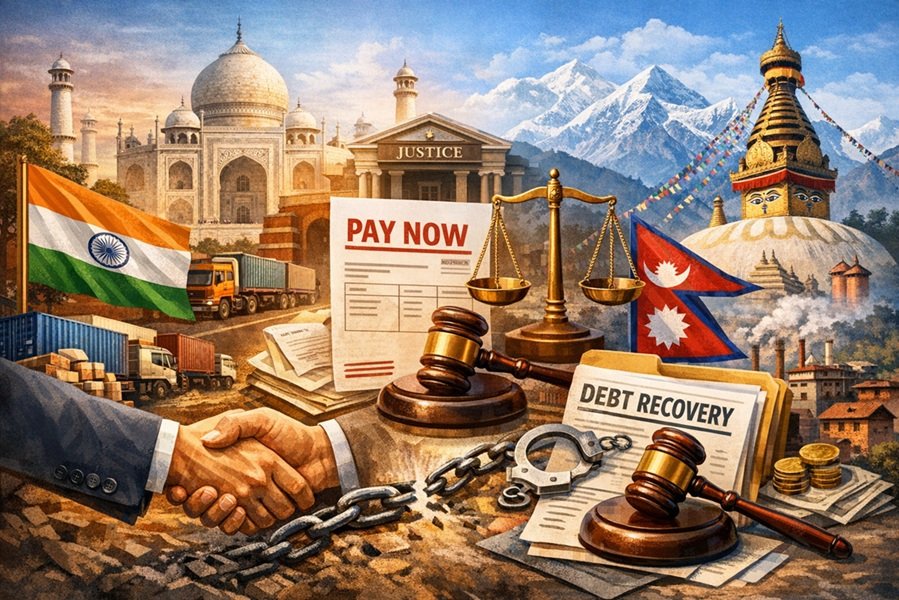
Introduction
The Wangala Festival, also known as the Hundred Drums Festival, is one of the most vibrant cultural and harvest celebrations of the Garo Tribe, predominantly observed in Meghalaya, as well as in the Garo-inhabited regions of Assam and Bangladesh. It marks the end of the agricultural year and is celebrated to honor Misi Saljong, the Sun God and giver of bountiful harvests.
Wangala is a festival of gratitude, music, dance, feasting, and deep cultural identity, reflecting the harmonious relationship between the Garos and nature.
Historical Background
The tradition of Wangala dates back centuries, rooted in the agrarian lifestyle of the Garo people. Agriculture is central to Garo society, and the harvest season marks not only economic prosperity but also spiritual fulfillment. The people believe that the successful cultivation of crops depends on divine blessings, particularly from Misi Saljong, who brings good health, rain, fertility, and abundant harvest.
Historically, the Wangala celebration also acted as a community gathering, strengthening social bonds and resolving communal matters through discussion and storytelling.
Read this also: Nongkrem Dance Festival: History, Significance, Rituals and Cultural Importance
Significance of the Festival
Wangala is more than a harvest celebration; it is a cultural identity marker for the Garo Tribe.
Key Significances
- Thanksgiving to the Sun God for prosperity and protection.
- Celebration of community unity, shared labor, and joy.
- Preservation of Garo traditions, music, attire, and language.
- Rite of passage for youth as they learn rituals and cultural expressions.
The festival also emphasizes environmental respect, acknowledging that human survival is deeply connected to the natural world.
When is Wangala Celebrated?
Wangala is typically celebrated in the months of October or November, after the autumn harvest, though exact dates may vary across regions and villages. Major public celebrations often occur in Tura (Meghalaya) where thousands gather to perform ritual dances and drum performances.
Rituals and Ceremonies
1. Rugala
The priest, known as the Kamal, conducts the first ritual by offering locally brewed rice beer, fresh rice, and vegetables to Misi Saljong. This signifies the sharing of the first produce with the divine.
2. Sasat Sowa
This involves the sacred blessing and purification of seeds and granaries, ensuring protection of future crops and households.
3. Dama Gogata (The Hundred Drums Dance)
This is the most iconic and visually captivating element of the festival.
Men play the Dama (traditional long drum) while women perform circular and rhythmic group dances, symbolizing joy, unity, and abundance.
The synchronized beats echo through the hills, creating a spiritual and festive atmosphere.
Traditional Attire
During Wangala, the Garos wear their finest handwoven garments, featuring bold patterns and symbolic motifs.
| Clothing Item | Worn By | Description |
|---|---|---|
| Dakmanda | Women | A vibrant wrap-around cloth with decorative borders. |
| Daksari | Women | A longer traditional wrap used during rituals. |
| Gando | Men | Colorful handwoven cloth tied around the waist. |
| Feather & bead accessories | Both | Symbolize pride, nature, and ancestral identity. |
Music and Dance Traditions
Music is the soul of Wangala. The key instruments include:
- Dama (Drums)
- Adil (Horn)
- Gong
- Flute
The dances are collective, rhythmic, and deeply symbolic, often narrating stories of farming, hunting, and community life.
Food and Feasting
The Wangala feast includes:
- Rice beer (Chubatchi)
- Sticky rice (Nakham Bitchi)
- Smoked fish and meat dishes
- Local vegetables and herbs
Food is shared freely, symbolizing abundance and equality.
Modern Day Celebrations
Today, the Wangala Festival is celebrated both in traditional village settings and large cultural events.
The 100 Drums (Hundred Drums) Wangala Festival in Tura has become a major tourism and cultural attraction, drawing visitors from across India and abroad.
Modern celebrations maintain traditional rituals but also include:
- Cultural competitions
- Handicraft exhibitions
- Traditional sports
- Folk song performances
The festival plays a crucial role in cultural preservation amidst modern change.
Conclusion
The Wangala Festival stands as a beautiful reflection of the Garo Tribe’s reverence for nature, agricultural heritage, and community spirit. As modernization grows, festivals like Wangala act as vital guardians of indigenous identity and cultural memory.
It is not just a harvest festival — it is a celebration of life itself.







